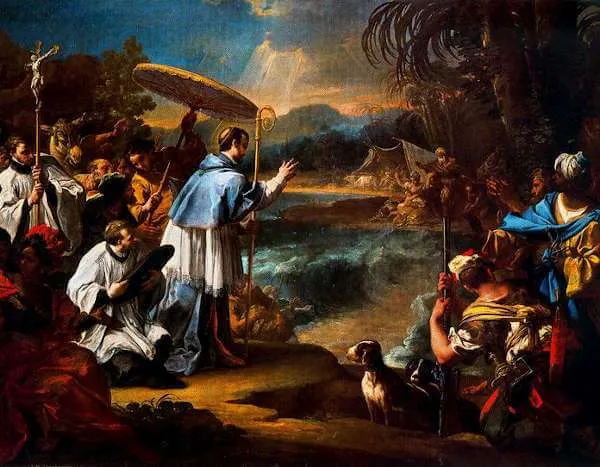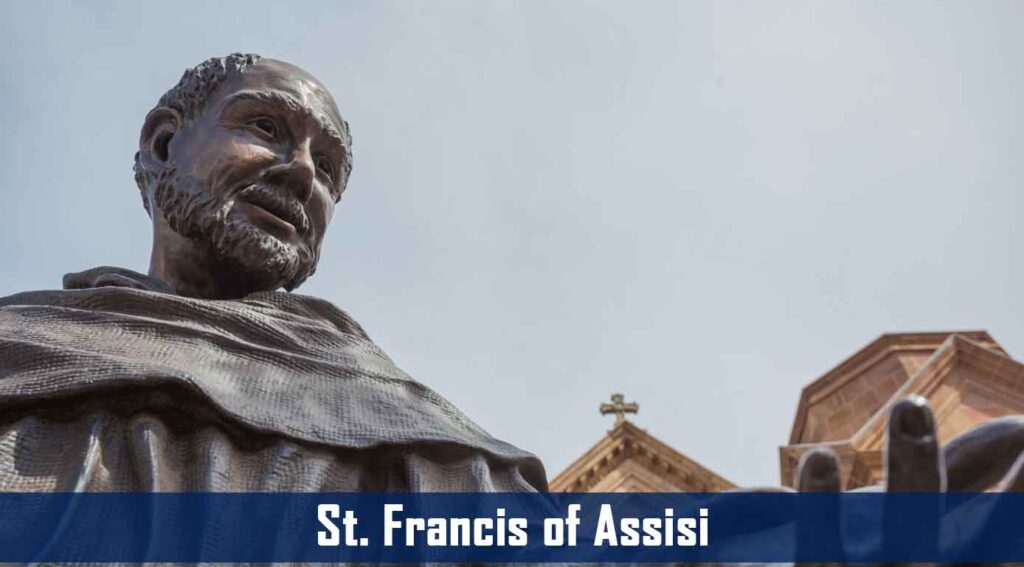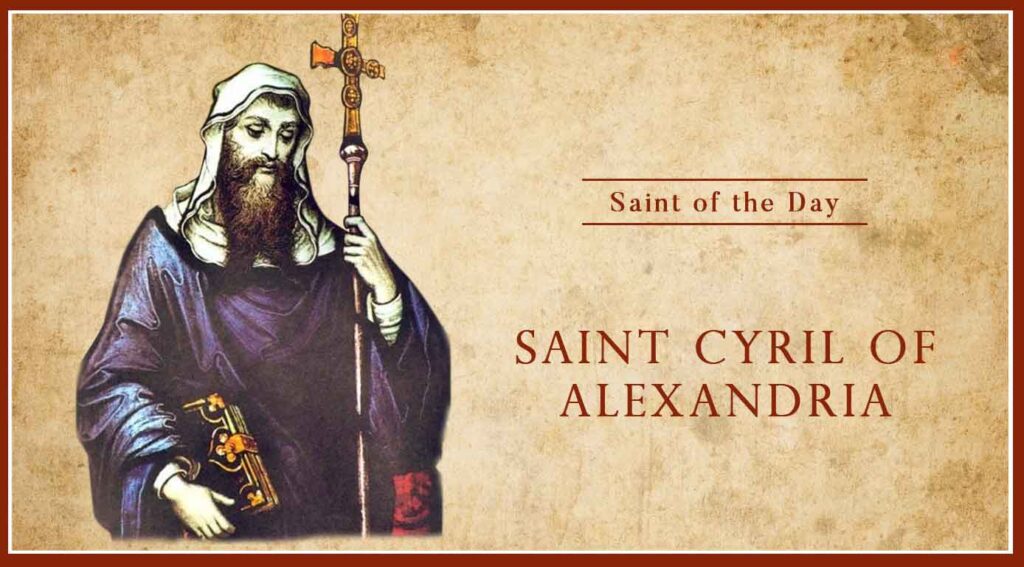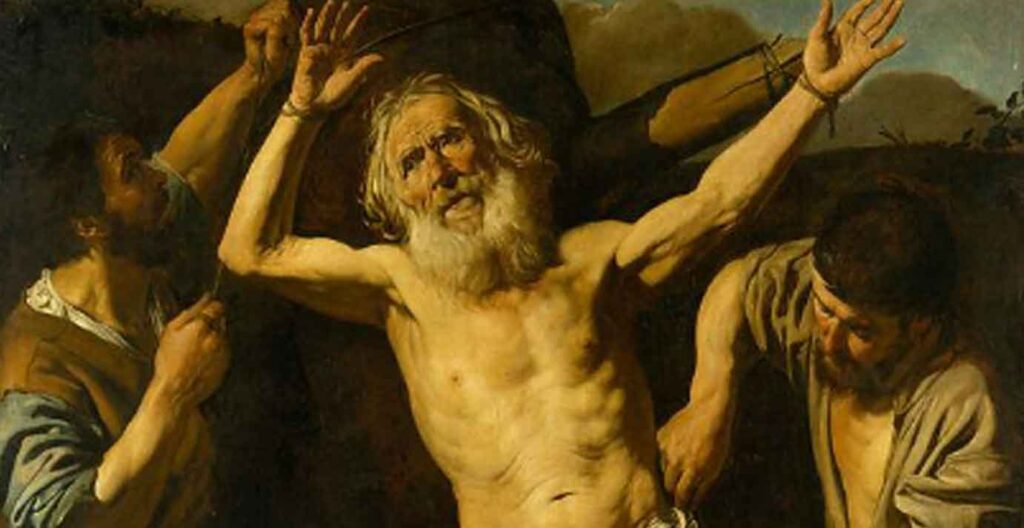Patron Saint of Peru, Latin American bishops, and native people’s rights; Canonized by Pope Benedict XIII on December 10, 1726
On November 16, 1532, a small group of Spanish conquerors captured the Inca ruler Atahualpa in modern-day Peru. The Spaniards arrived in the New World as explorers but were mostly interested in enriching themselves with silver and gold, of which the Incas had plenty. After receiving a room of gold and two rooms of silver as a ransom for Atahualpa, the Spaniards killed him anyway. Then they continued to conquer others, until 1572, when the last of the indigenous rulers was defeated.
Despite their Christian heritage, the Spaniards could be brutal; however, their presence enabled missionaries to arrive and begin the work of sharing the Gospel with the native people. In 1541, Pope Paul III established the Diocese of Lima and appointed its first bishop who served for thirty-six years. Today’s saint, Saint Turibius of Mogrovejo, was born three years before the Diocese of Lima was established (It became an archdiocese in 1546.) and would become Lima’s third archbishop.
Toribio Alfonso de Mogrovejo (Turibius) was born of noble parents in the town of Mayorga, northwest Spain. He was named after a local fifth-century bishop and saint. Turibius was a devout child. He had a strong devotion to the Blessed Virgin Mary, prayed to her daily, and fasted every Saturday in her honor. He had a heart for the poor and was generous in caring for them.
When Turibius was twelve, he was sent to study humanities in Valladolid and was later sent to the University of Salamanca to study law. Turibius’ brilliance quickly became known and caught the attention of King Phillip II, who appointed him as the Grand Inquisitor in Granada in 1571. He was only thirty-three and held that post for five years.
During these first thirty-eight years of Turibius’ life, the Spanish conquerors of the newly colonized lands of Peru were in dire need of moral reformation. Many of the generals acted as tyrants and plunderers, oppressing the indigenous peoples with cruelty. They took their lands, forced them into slave labor, and treated them as if they were subhuman.
In 1537, shortly after the conquest of Peru, Pope Paul III issued the papal bull Sublimis Deus. In it, he lamented that some of the conquerors believed that the indigenous of the West and the South should be “treated as dumb brutes created for our service, pretending that they are incapable of receiving the Catholic Faith.”
The pope corrected this error stating “that the Indians are truly men and that they are not only capable of understanding the Catholic Faith…they desire exceedingly to receive it.” The King of Spain agreed and issued edicts of reformation, but the laws were resisted and enforcement was nearly impossible. These troubles continued for decades.
After the death of the first archbishop of Lima in 1575, another Spanish bishop was sent to Lima, but remained there for only two years. Aware of the moral chaos, King Phillip II knew he needed to send his best bishop to Lima. He needed a saint who knew the law, could bring reform where needed, preach the Gospel with zeal, and establish communion between the settlers and natives.
At that time, it was the responsibility of the King of Spain to appoint bishops whom the pope would subsequently approve or reject. King Phillip chose Turibius for the task. There was only one problem: Turibius was not even a priest; he was a layman. Turibius objected to the idea but the king insisted, and the pope approved. Turibius pleaded with the king, pointing out that only a priest could be made a bishop, and arguing that the task was beyond his ability. But his humility was only a clearer sign that he was the man for the job. Turibius finally agreed.
Over the next two years, Turibius prepared for the priesthood, was ordained, served as a priest, and then was ordained a bishop. In September of 1580, at the age of forty-three, Archbishop Turibius set sail for Peru with his sister and brother-in-law, arriving several months later. He was installed in Lima on May 24, 1581, and served as the third archbishop of Lima for twenty-five years.
The archdiocese stretched about 400 miles along the coast and included three main cities, many towns and villages, and many more rural homes scattered throughout. The people he now shepherded included Spanish settlers, soldiers, and, of course, the indigenous population. Archbishop Turibius wasted no time.
Within a month of his arrival he held an archdiocesan synod and a year later oversaw the Third Provincial Council of Lima, on the instruction of King Philip II. This council lasted for more than a year and addressed various abuses among the clergy and laity, promoted the evangelization of the natives, taught that the Spaniards and indigenous were equal in dignity, and commissioned the first book printed in South America, Doctrina Christiana, y Catecismo para Instrucción de los Indios, a trilingual catechism written in Spanish, Quechua, and Aymara.
Other trilingual works were also commissioned to assist the clergy with confession and preaching in the native tongues. Not only did every diocese of his province implement the acts of that council, but after the acts were confirmed by the Holy See in 1588, they were implemented throughout all of South America. In 1590, Archbishop Turibius founded the first seminary in South America and in 1591 and 1601, he held two more provincial councils, as well as numerous synods within his own archdiocese.
In addition to his administrative efforts, Turibius spent seventeen of his twenty-five years as archbishop traveling on foot to every parish and community on three separate occasions. He traveled through difficult terrain, snow-covered mountains, rain, heat, and cold. He went to confession and offered Mass every day, learned the native languages, got to know his people, and made sure that every parish was in order and adhered to Church discipline.
He built many churches, baptized and confirmed half a million people, had a passionate zeal for every individual soul, and made sure that both Spaniard and indigenous were equally cared for. From his flock would emerge three saints whom he confirmed: Saint Rose of Lima, Saint Martin de Porres, and Saint Juan Masías. He also became good friends with the great Franciscan missionary Saint Francis Solano, who was said to have had the gift of tongues, by which the indigenous understood him in their native tongue.
Every crisis needs a savior. Jesus is that Savior, but His servants on earth act as His divine instruments. Saint Turibius was that instrument for the early Church of Peru and throughout South America. His humility, zeal for souls, fidelity to the law, gifts of administration, concern for human dignity, and a fatherly heart enabled God to plant the seed of faith in the hearts of many, the fruit still being borne today.
Be inspired by this holy shepherd and imitate his example by committing yourself to see the dignity of every person in ways that are creative, empathetic, intuitive, and firm, so that God can use you to reach them where they are.
Source: https://mycatholic.life/saints/saints-of-the-liturgical-year/march-23-saint-turibius-of-mogrovejo-bishop/







